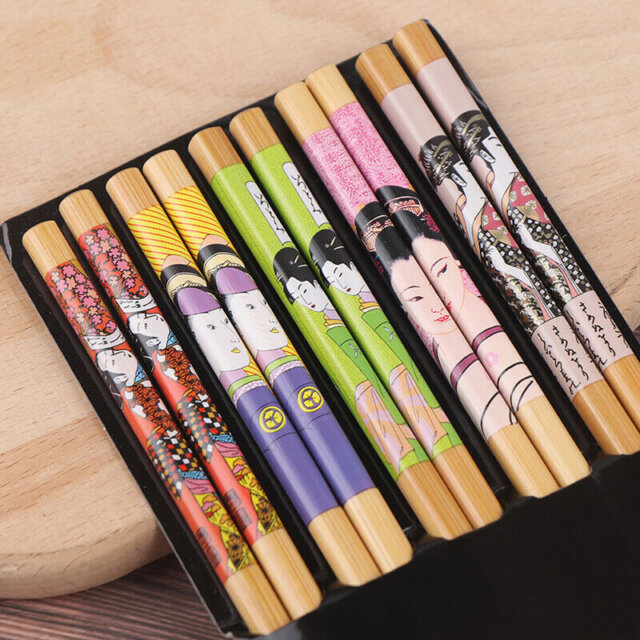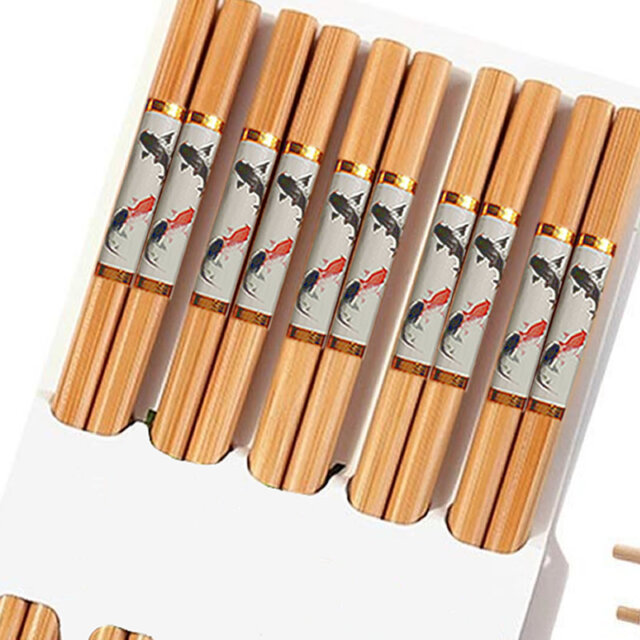Hinomaru Bento “Patriotic Bento”
Hinomaru Bento | The term, Hinomaru, means ‘circle of the sun’ in Japanese and stands for the Japanese flag. Hinomaru bento is a traditional bento box with steamed rice with a pickled umeboshi in the centre as its food contents. The red umeboshi or plum resembles the Japanese flag, and hence this bento is called the ‘Hinomaru’ bento.

The pickled plums are on the saltier side and have a sour taste, and you need to develop a taste for it before you get to like it. The Hinomaru bento is the simplest form of a packed lunch as there are no side dishes. The food content symbolises patriotism as the sole umeboshi stands for the Japanese flag, alongside it also symbolized wealth and poverty in earlier times. In times of peace and abundance, the box with the rice and single umeboshi symbolized poverty as it indicated that those were the only contents you could afford. In times of scarcity as during the post-war periods, the box’s food contents symbolized wealth as being able to afford authentic Japonica rice was treated as an extravagance.
Another function performed by the sole pickled plum was to act as a rice preservative by inhibiting bacteria’s formation. It was also supposed to aid digestion. However, in today’s times, the bento comprises food items that are varied and colourful, though the pickled plum remains for taste and its usefulness.
Today, too, rice forms the bento’s main dish, and it can take the forms of cooked rice or Onigiri rice balls or rice dishes seasoned in different ways. Besides the rice, you have a single or a couple of hero side dishes seasoned adequately. The side dishes are coated with a thickened sauce, and they must be chopped into small pieces. However, these dishes are normally in brown colours and to pep up the bento additional side dishes are chosen in green, yellow and red colours. Simmered sweet potato is one of the favourite side dishes mostly found in most Japanese Bento.
Most of the condiments and seasonings that form an important part of a bento are Umeboshi, pickled veggies or Furikake rice seasoning. They are great accompaniments to plain rice or some of them also taste nice when eaten alone.
A Japanese bento replaces its western counterpart comprising a brown bag or sack lunch—the vital difference between the two lies in the container and the food item contents. The bento box offers a convenient mode for packing healthy, nutritious and portion-controlled colourful lunches neatly in varied compartments to make it more appetising.
Packing a bento box; the Japanese way is quite simple. You need to do the planning for the week in advance. This ensures that you have all the ingredients at your disposal. The next step is to think creatively, keep some extra portion of your dinner menu and have a major part of your bento box filled up for the next day’s lunch.
Hinomaru Bento (Japanese Flag Bento)
Hinomaru Bento translating to Japanese Flag Bento “circle of the sun” was bento traditionally made with steamed white rice and a pickled plum (Umeboshi) placed in the centre of the meal. The white rice and red plum symbolised the Japanese flag “The Rising Sun.” It was a popular patriotic menu item in Japan after World War II.
Its origin is associated with a Japanese initiative in 1937 in a girls’ school located in the Hiroshima prefecture. The patriotic lunch was consumed by pupils each Monday as a token of solidarity while troops were fighting in China. By 1939 the idea was adopted by schools all over the country. In later years it rose to the symbol of wartime mobilisation and national unity. Read more: Hinomaru Bento (Patriotic Bento) Wikipedia.
Hinomaru denotes the symbol and national flag of Japan. The meals that go into the box are elegantly simple, very becoming the national flag’s simplicity. A white rice base topped with one pickled plum to denote the sun and accompanied by a fish or meat side dish from the box’s constituents.



